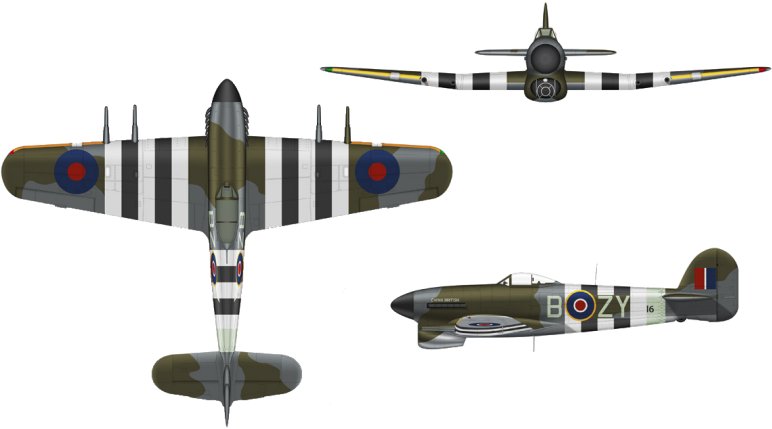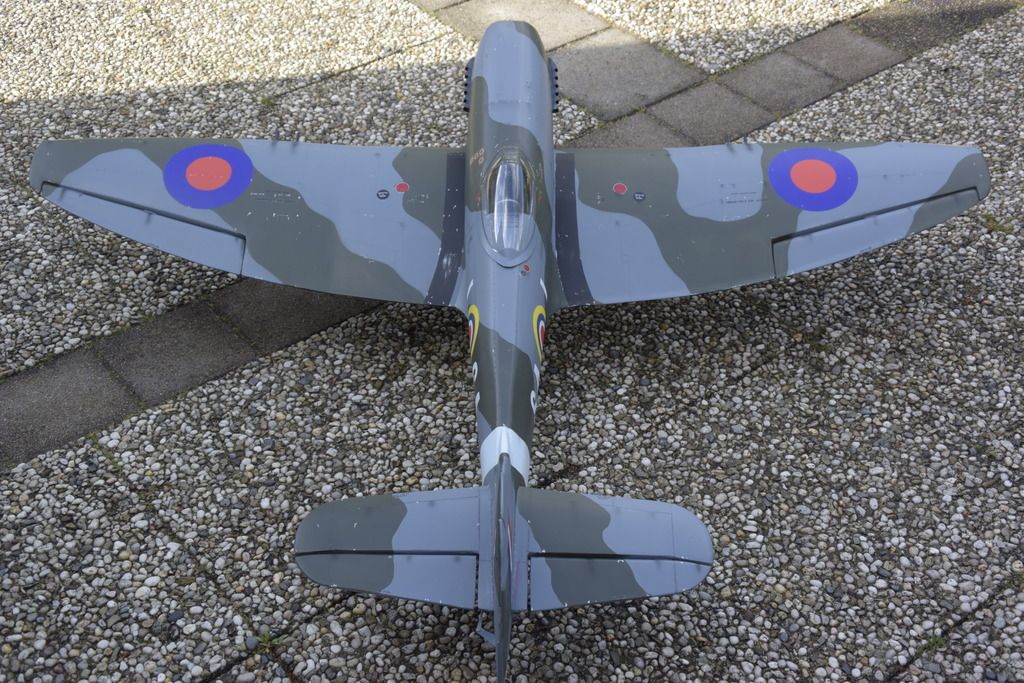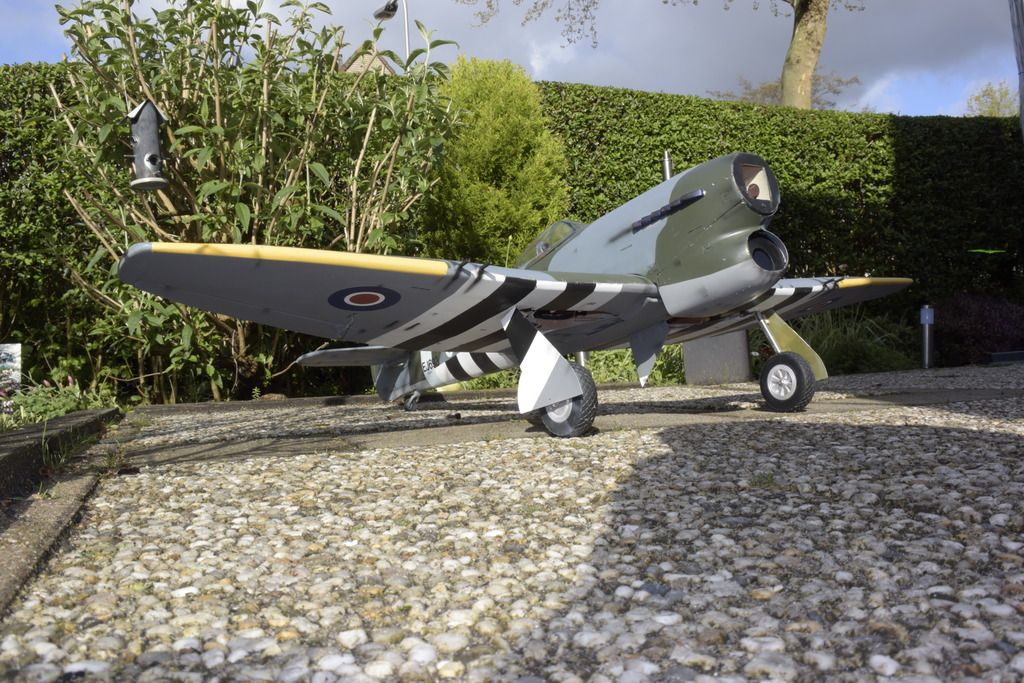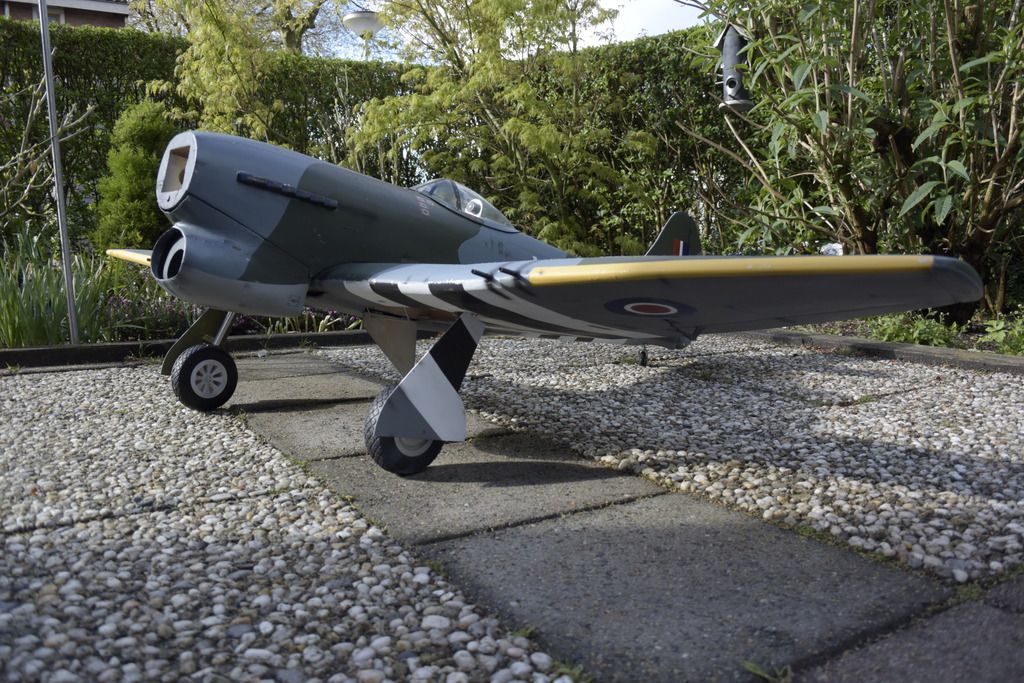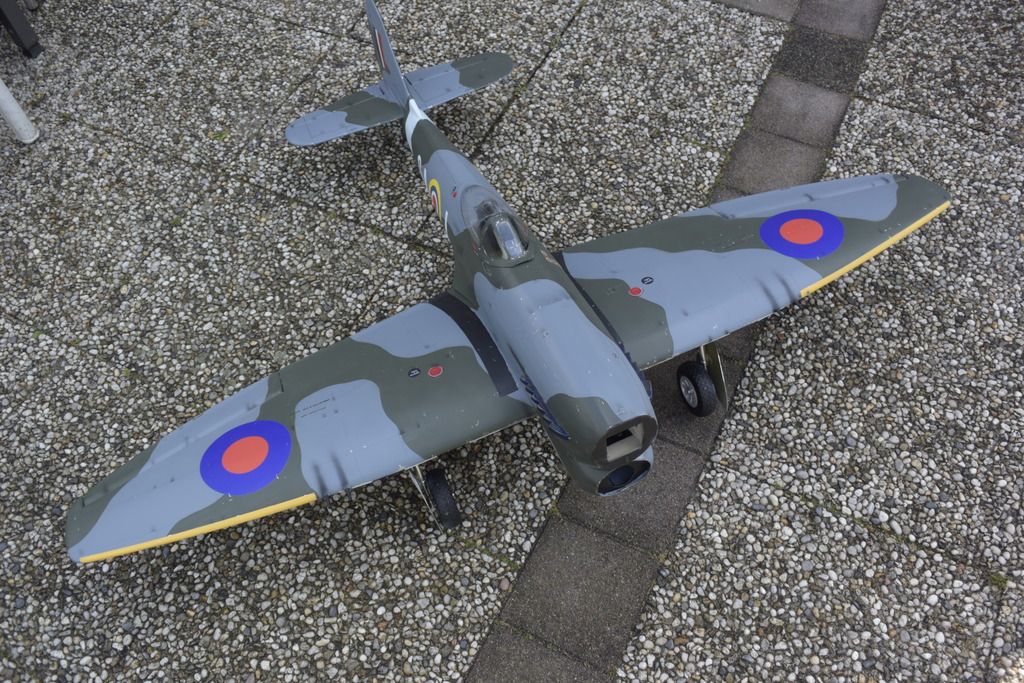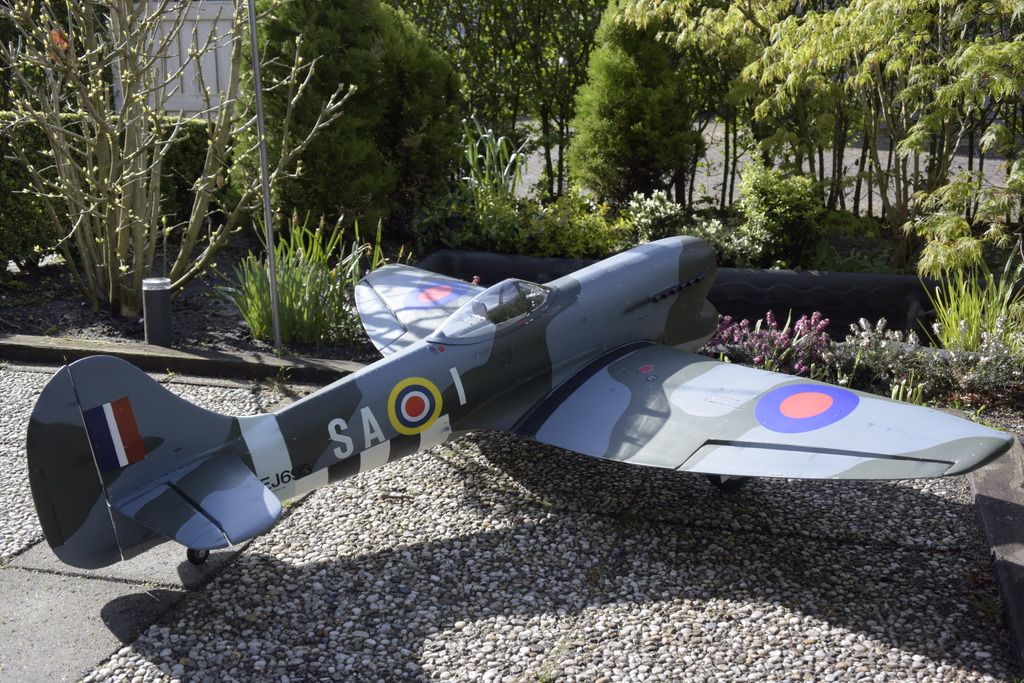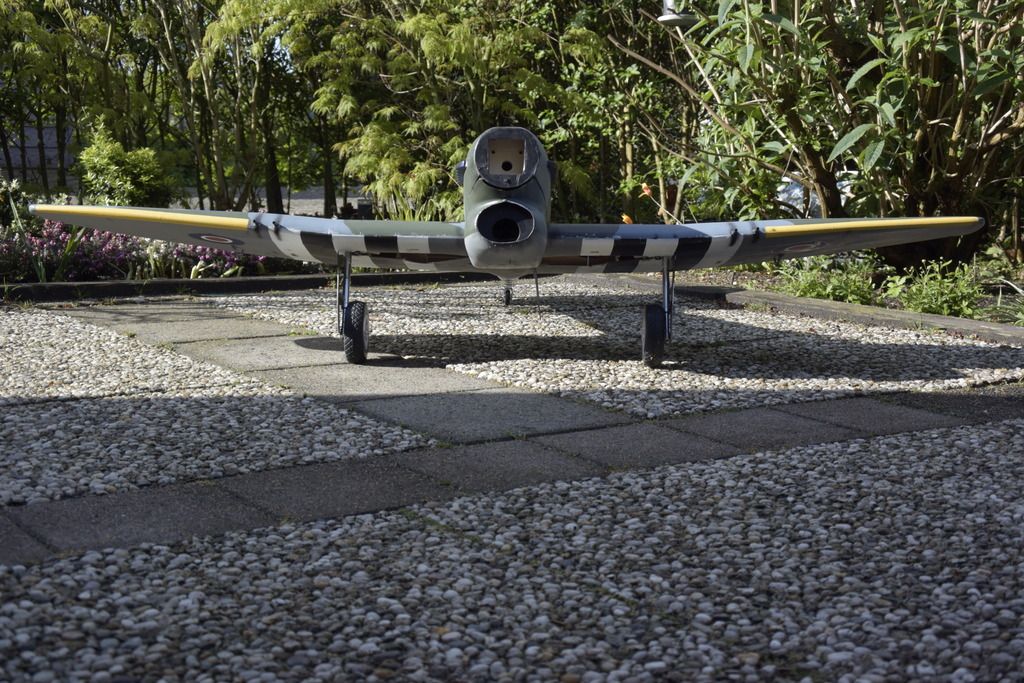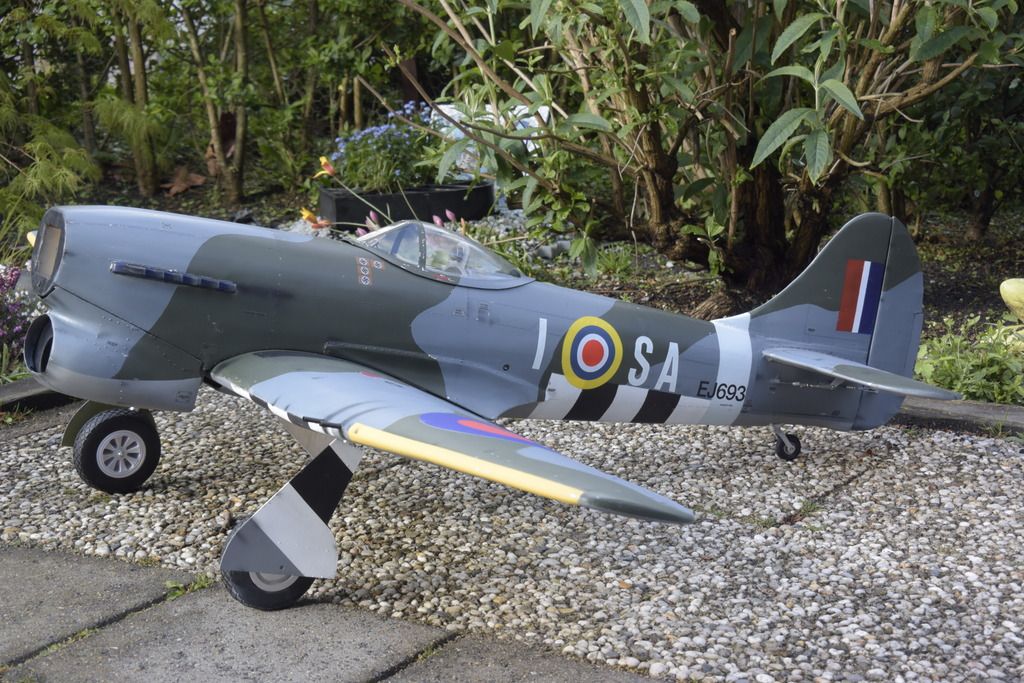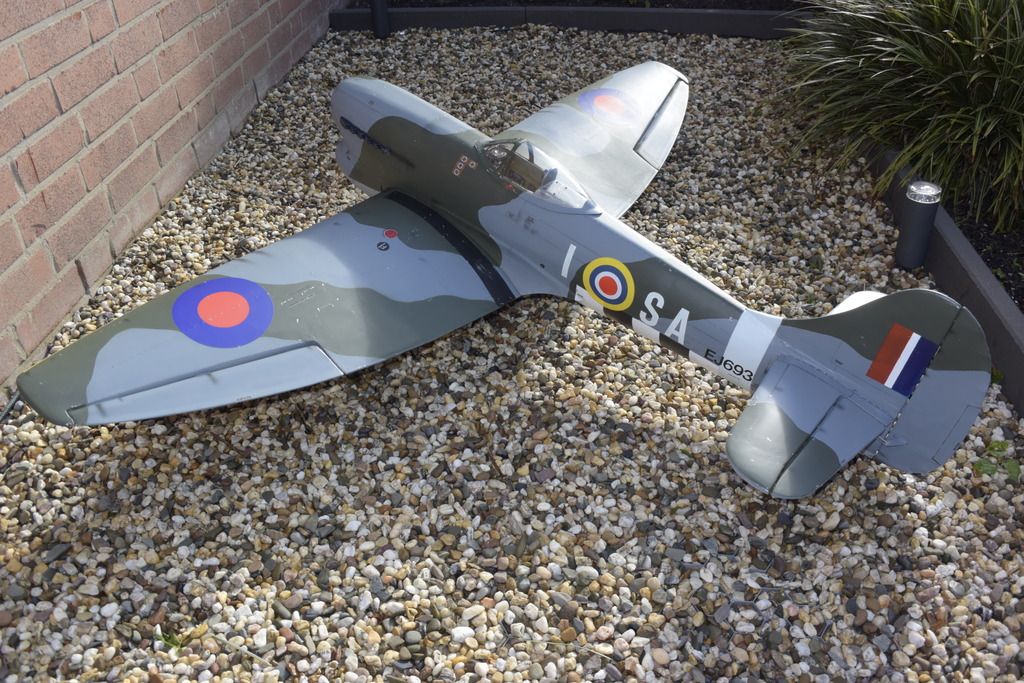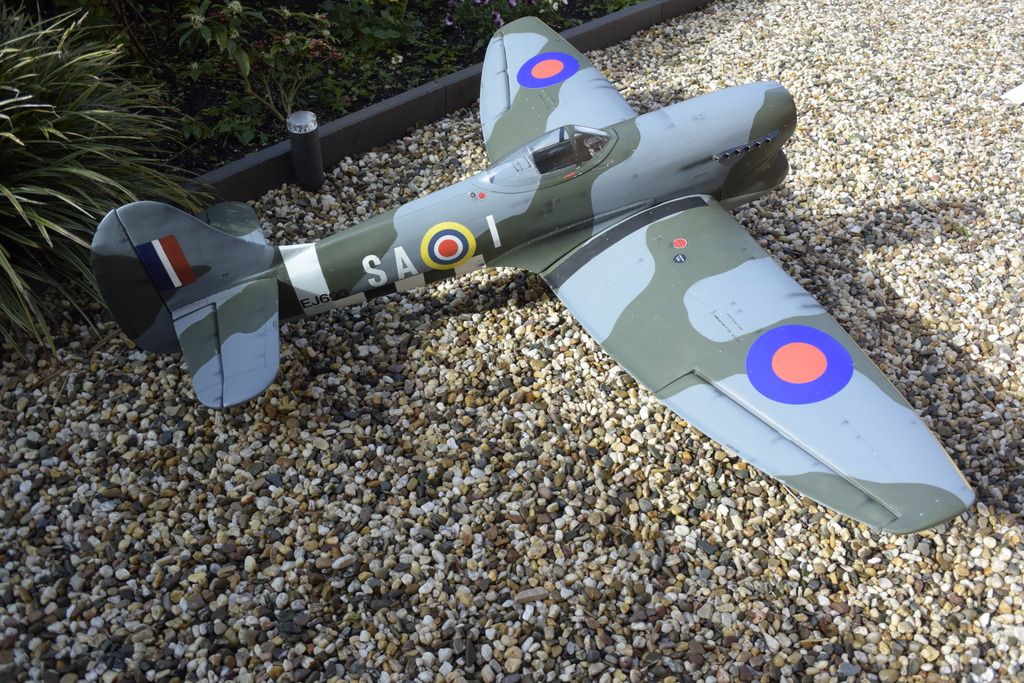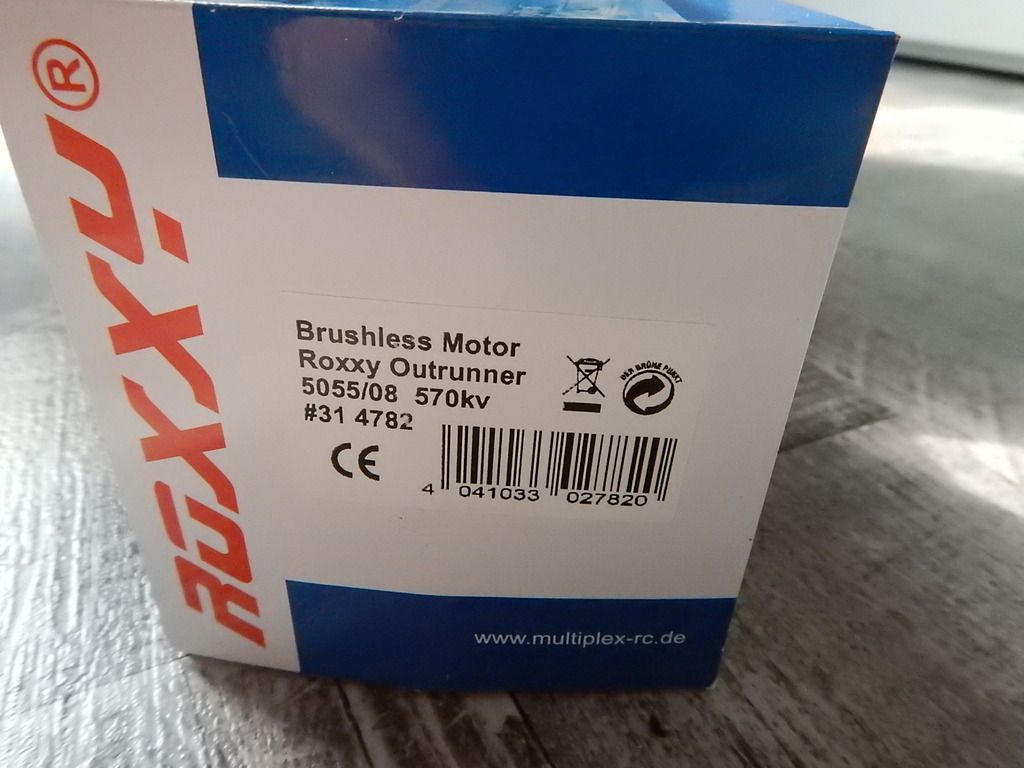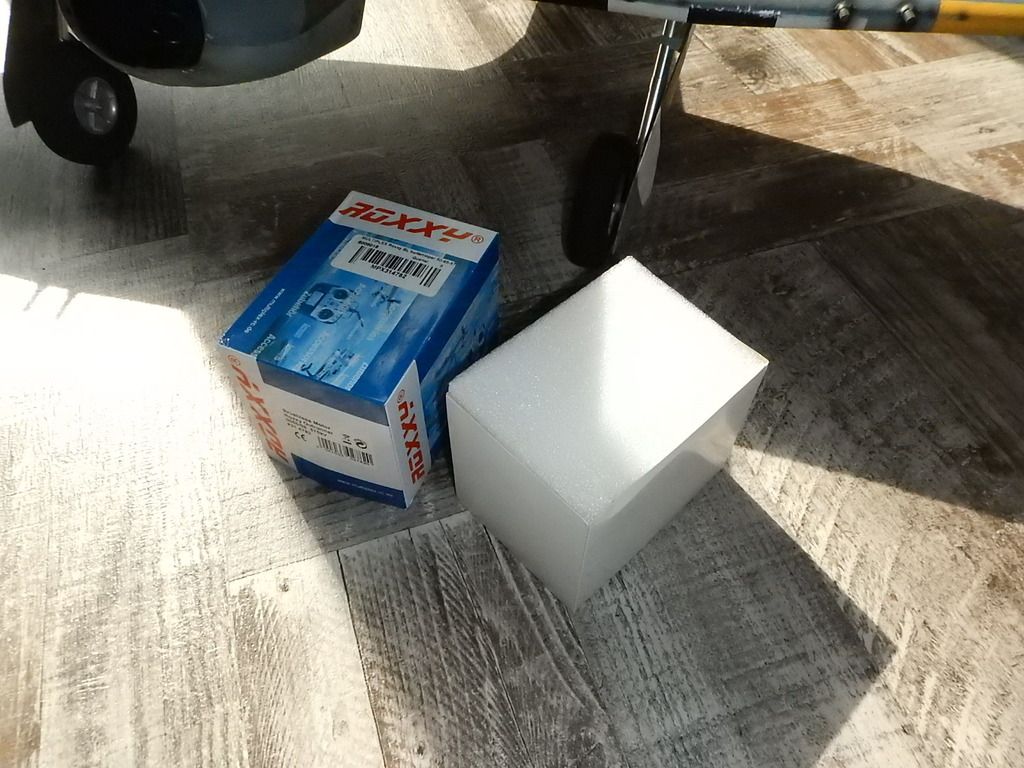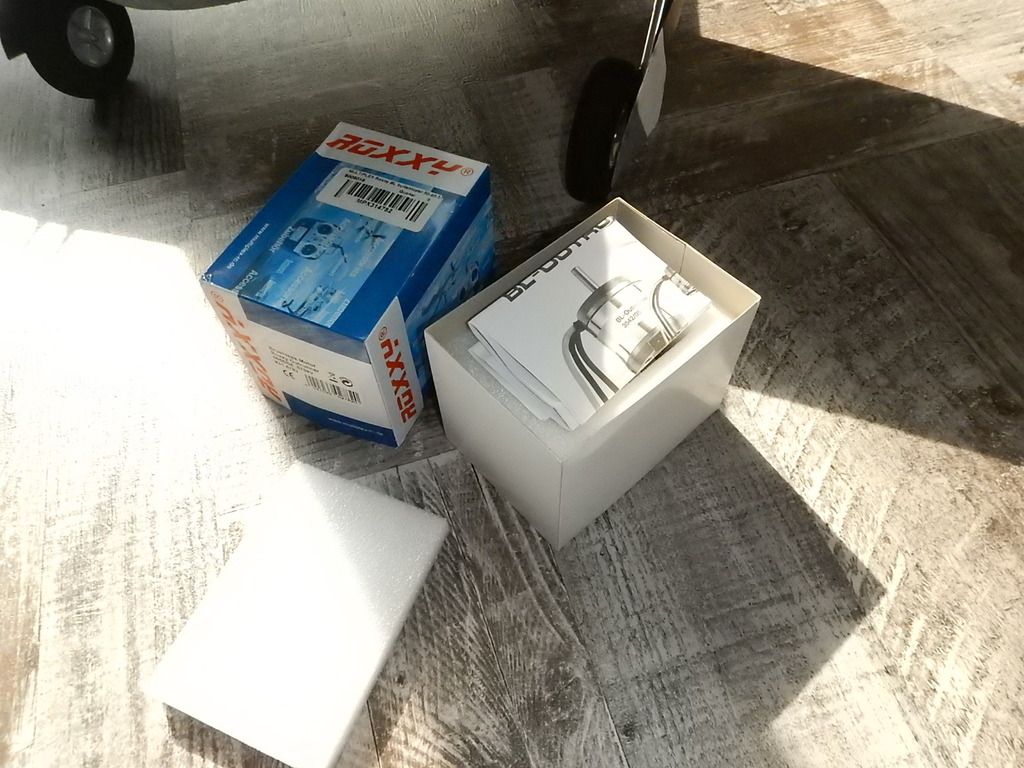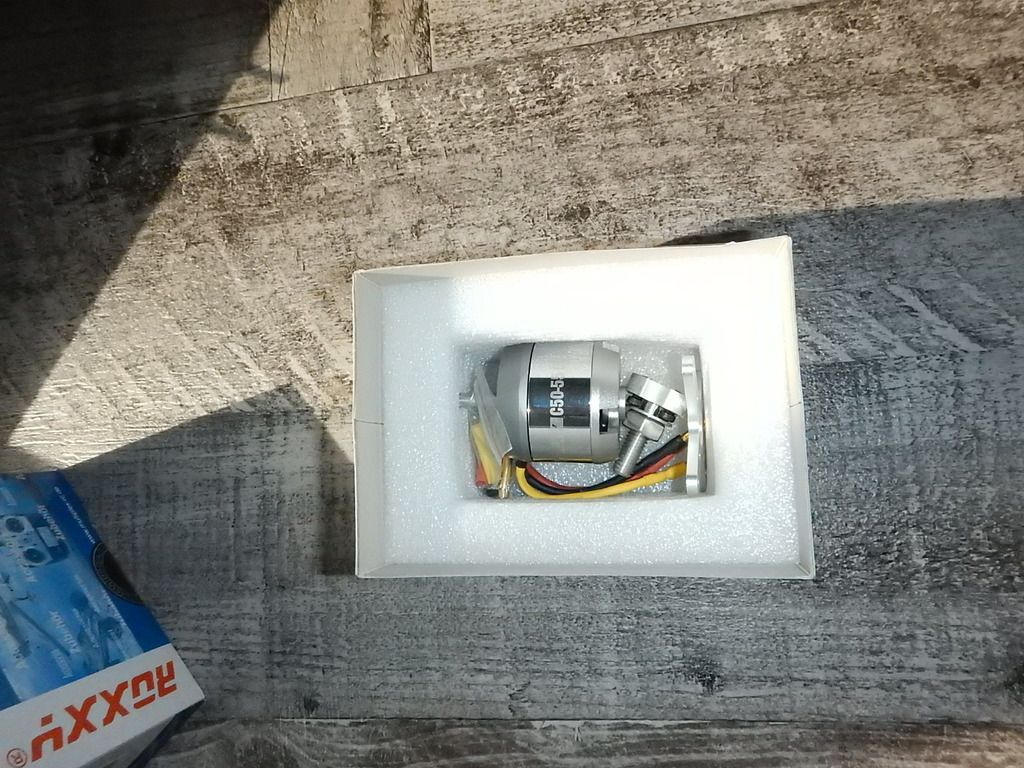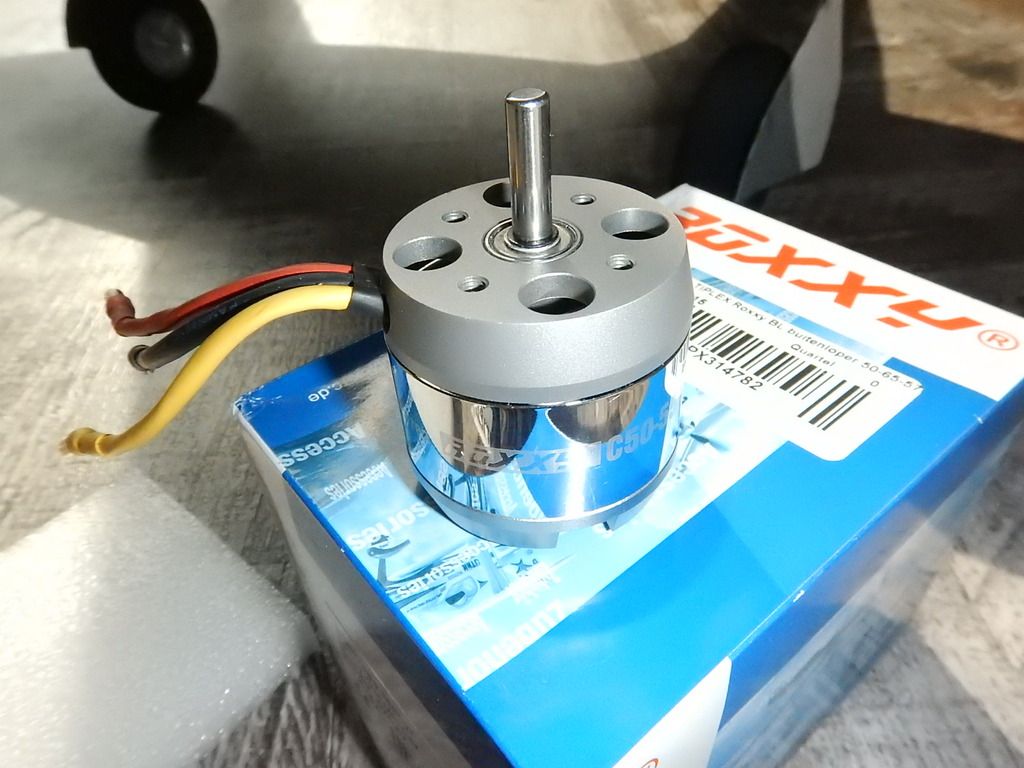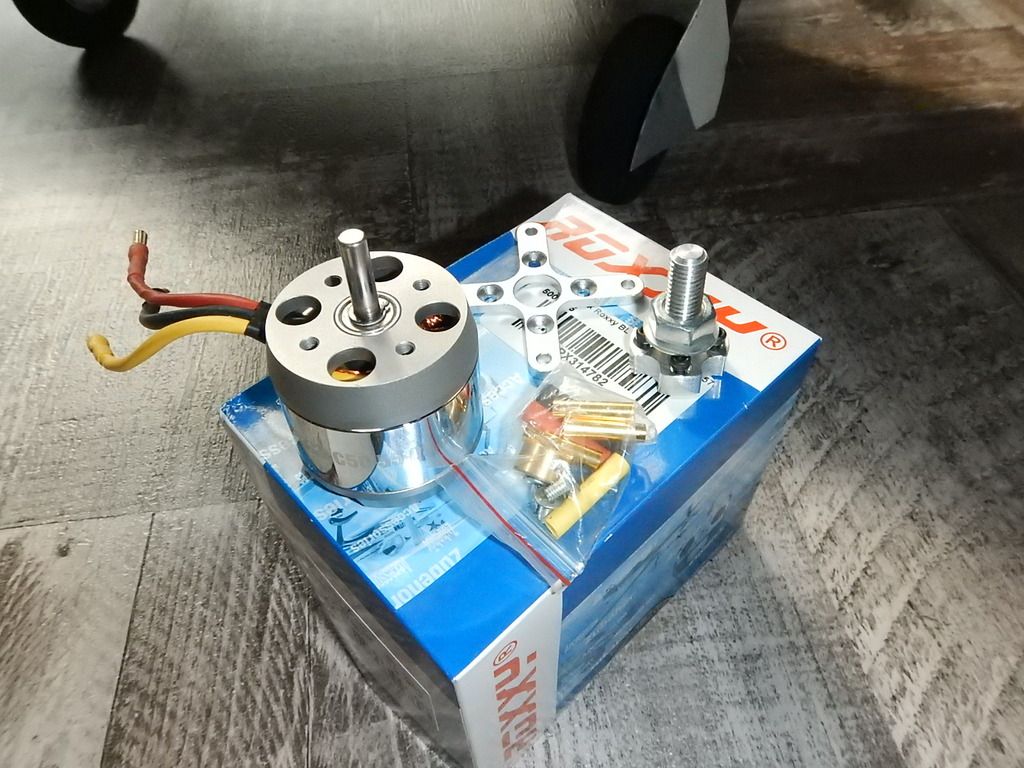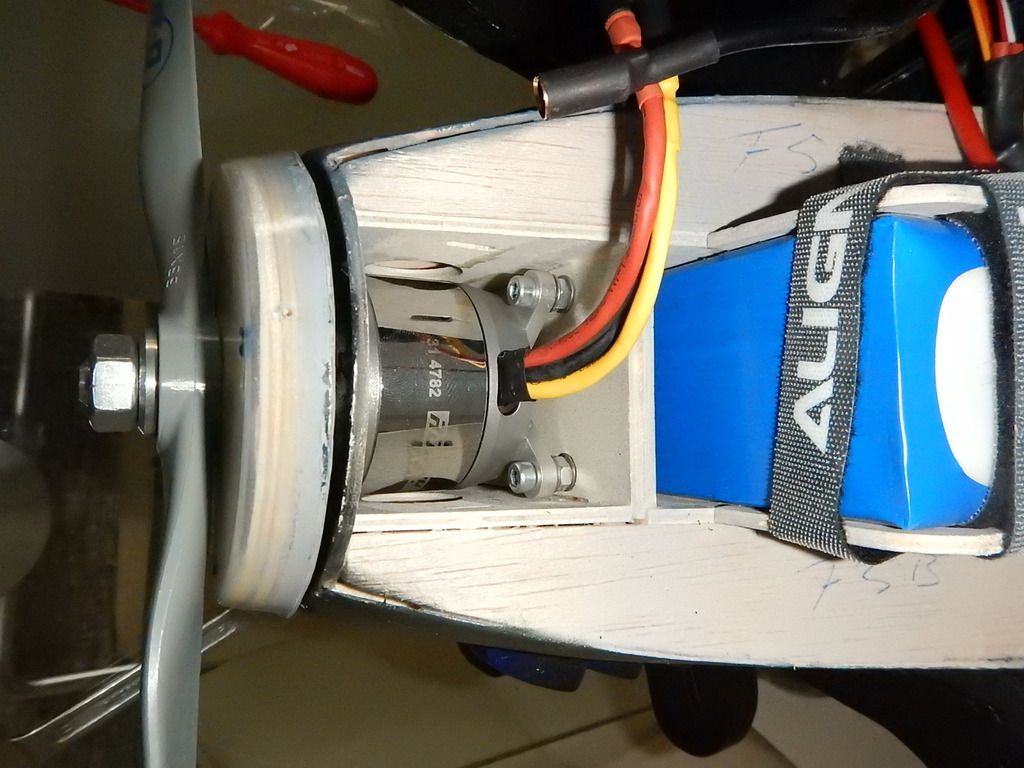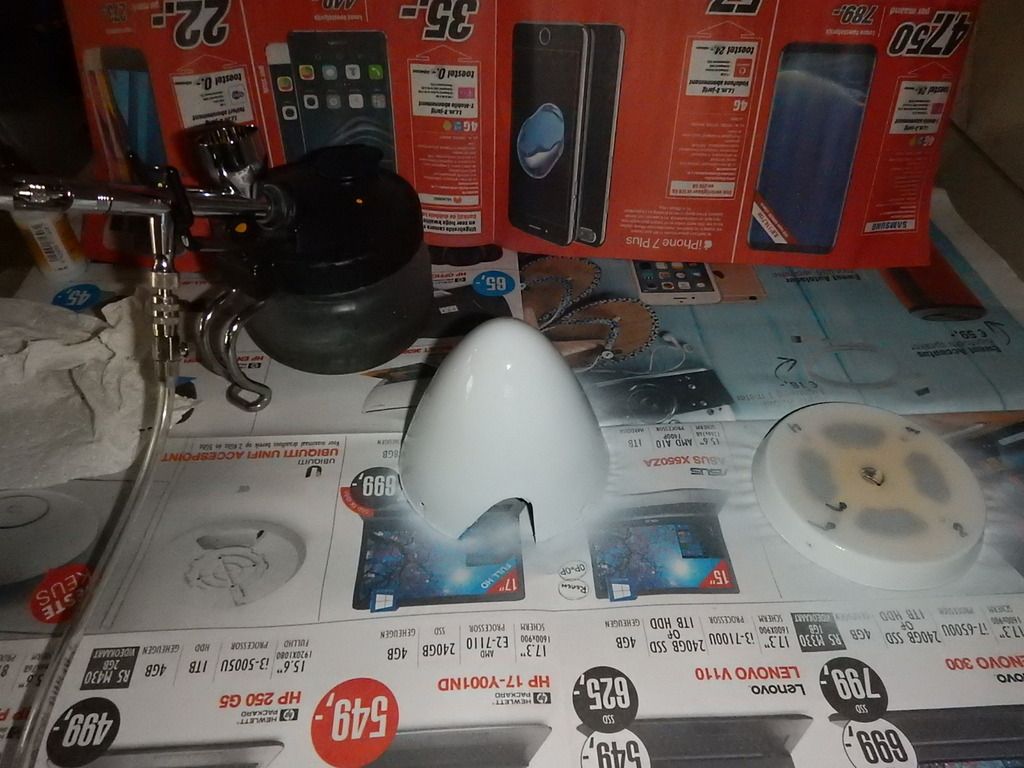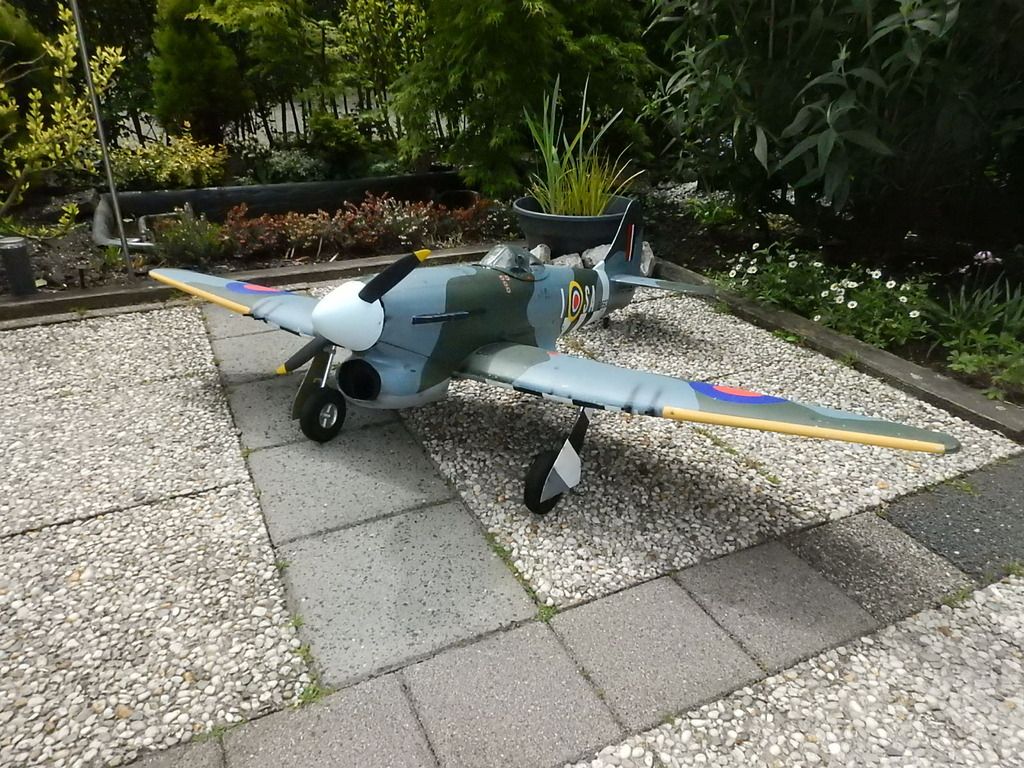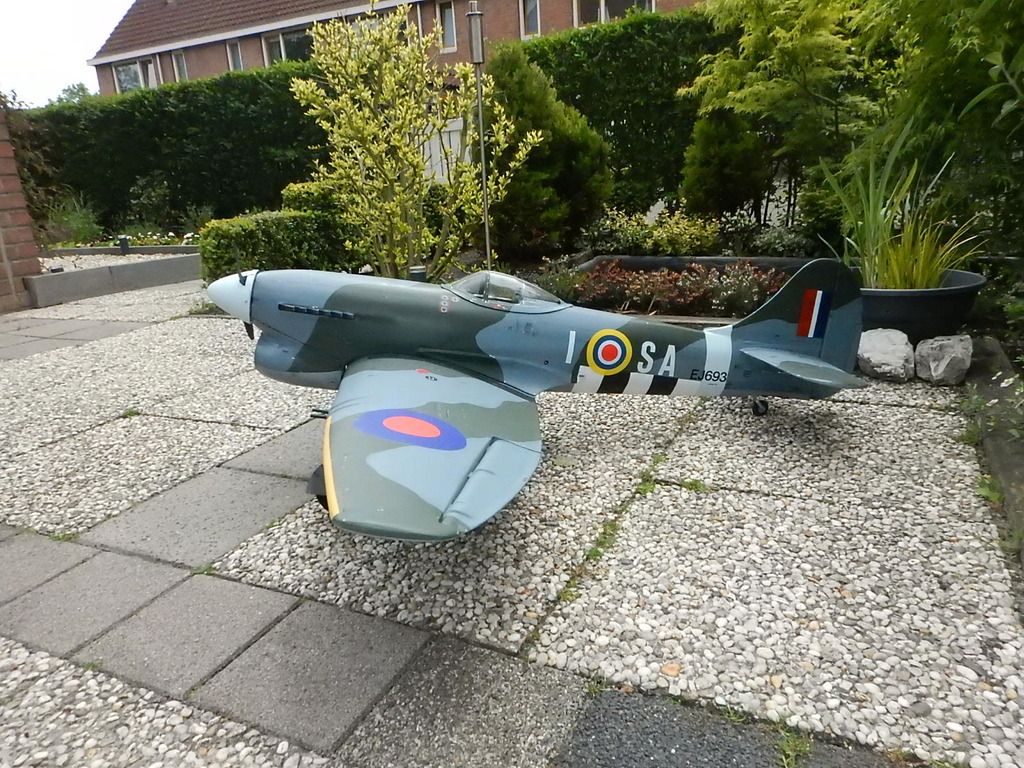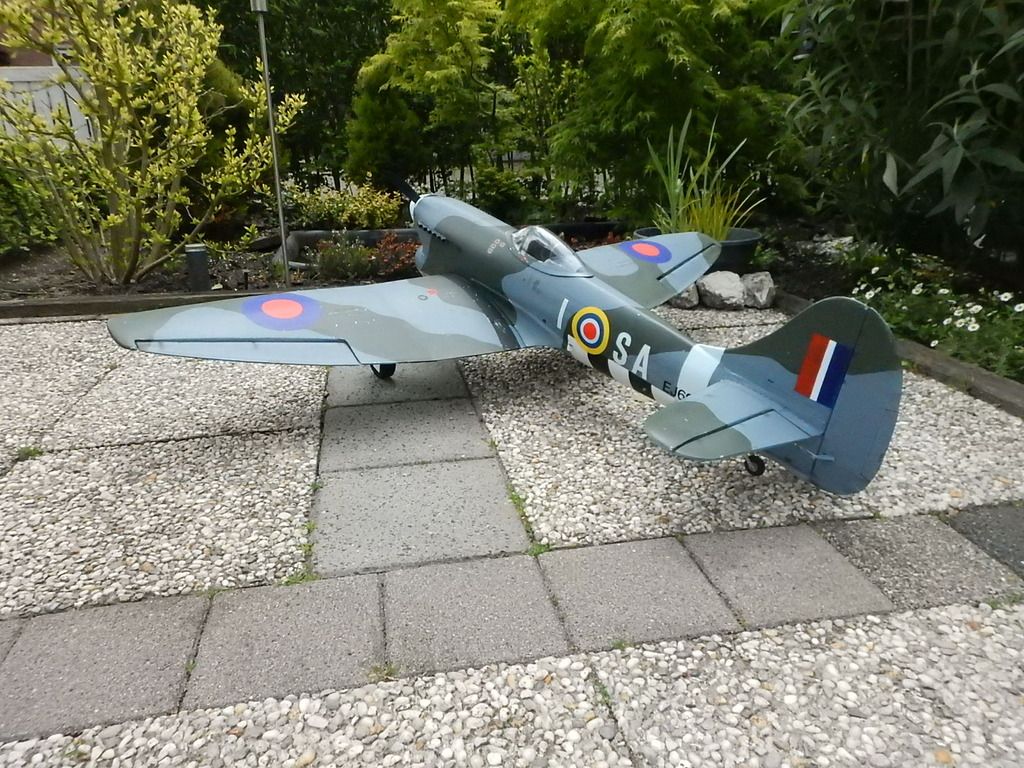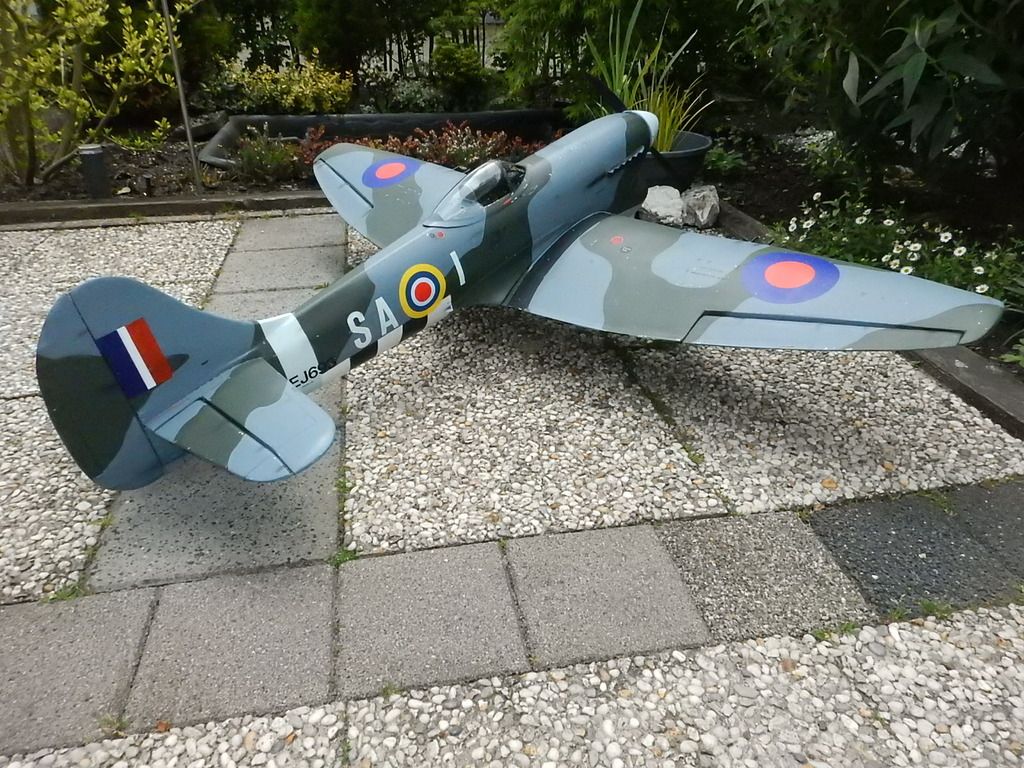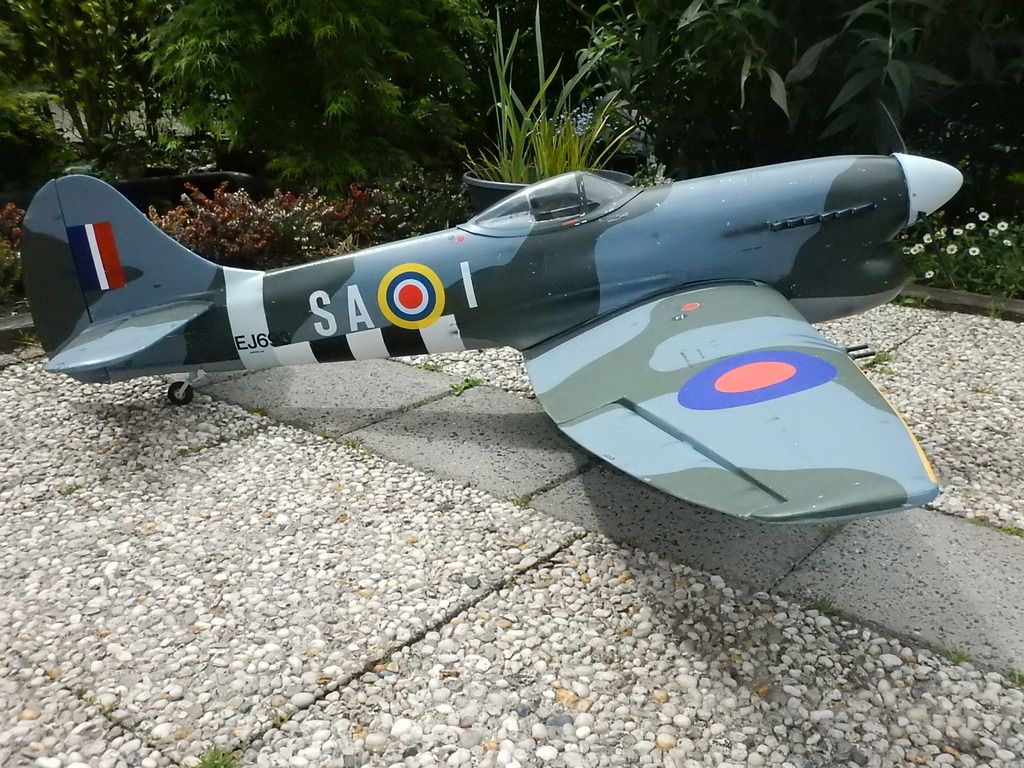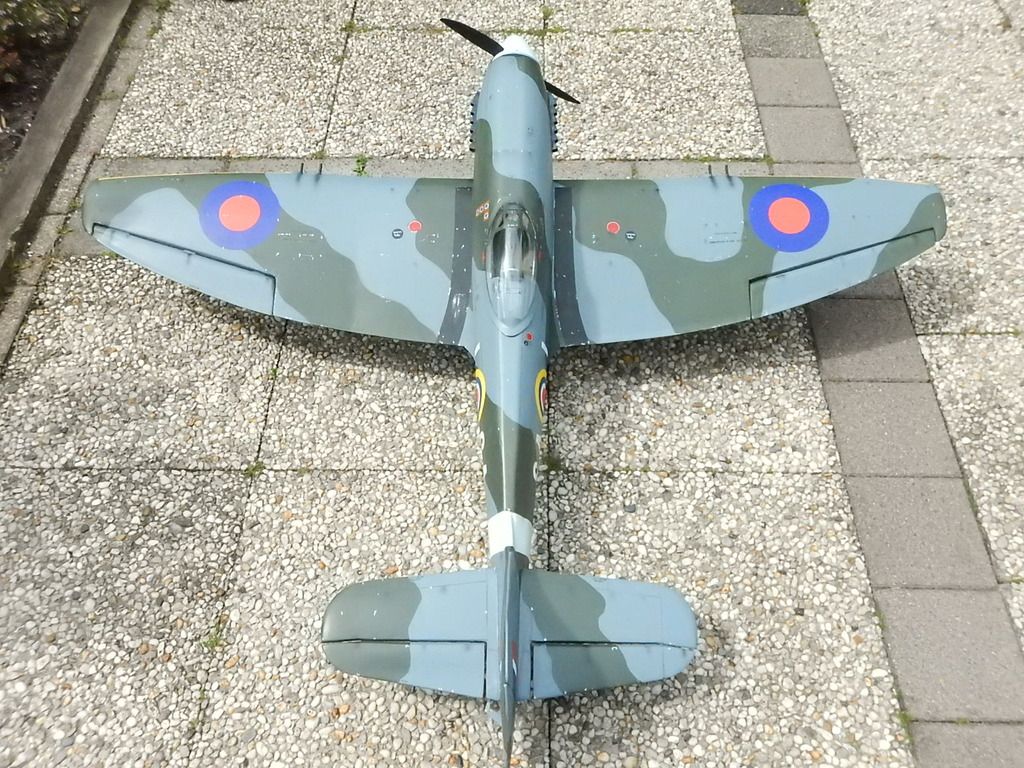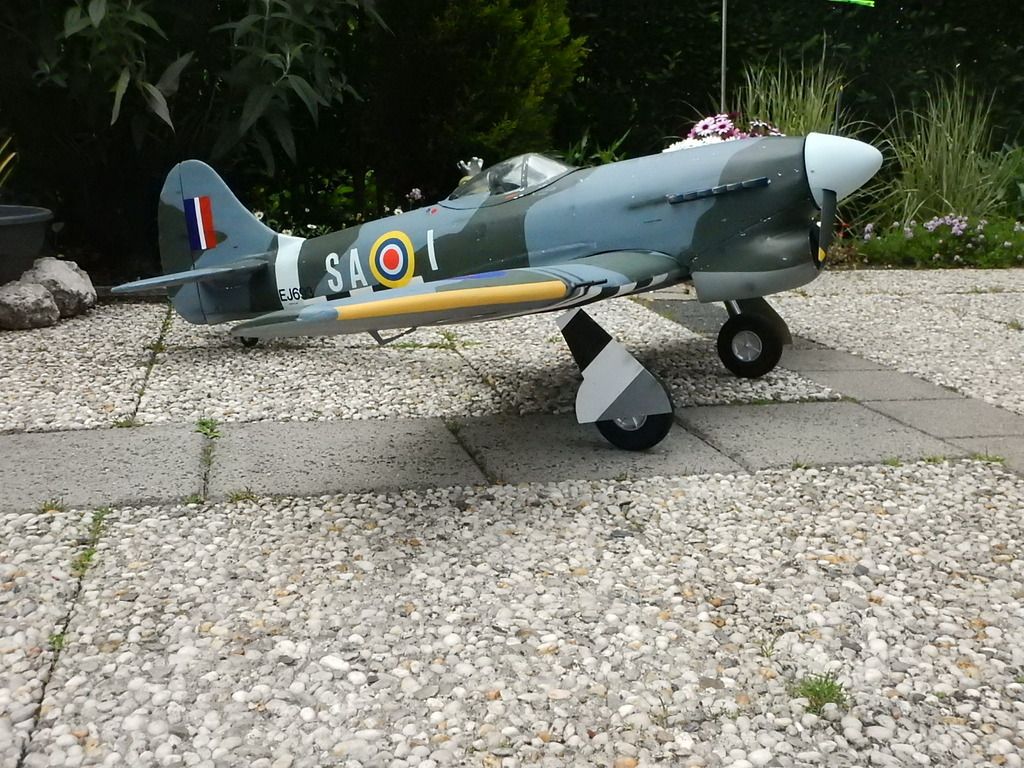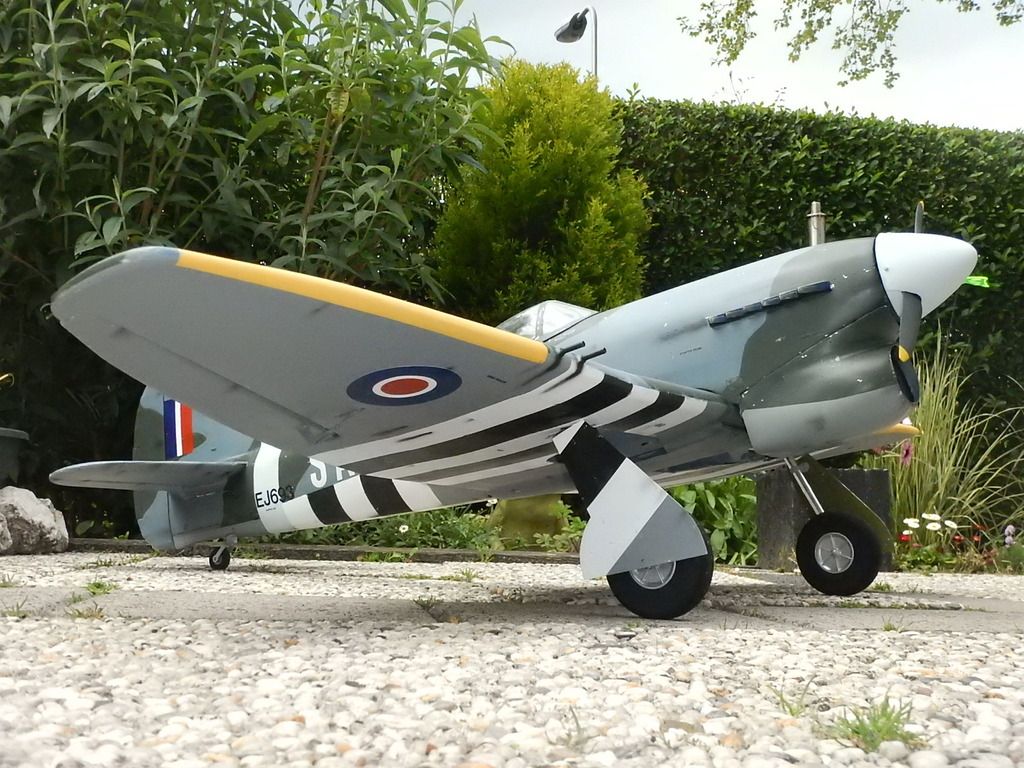Kleine uitleg over de invasie strepen.
The Origins of Invasion Stripes
Starting on the 9th July 1943 Operation Husky, the Allied invasion of Sicily, began. As part of the invasion force 144
Douglas C-47 Dakotas carry paratroopers flew in at just 400 feet over the invasion fleet and beaches, who were briefed that this airborne drop was happening. On the ground the American forces had been coming under sustained attacks from the air and as the Dakotas pasted overhead the first two formations made successful drops. Tragedy would then strike as one gunner opened fire on the aircraft, this would have the unfortunate consequence of all shore troops and offshore ships also opening fire on the aircraft.
The aftermath of this was 23 Dakotas shot down with 37 damaged, 83 people died whilst 318 were injured. This was to be the worst 'friendly fire' event suffered by the United States during World War 2. With the invasion of Europe planned for June next year a solution was needed to avoid a repeat incident. One solution considered to solve the problem of identifying friendly or enemy aircraft was already fitted to a large number of aircraft, this was the friend or foe (IFF) transponder. This would be a non-starter, as due to the sheer amount of aircraft that would take part in the invasion the system would be unable to cope. In the end the solution used would be low tech.
The memorandum issued by the Supreme Headquarters Allied Expeditionary Force on the 18th April 1944 would state that Allied aircraft, with some exceptions, would have five stripes on both wings and on the rear fuselage without covering national markings, as seen on the Hawker Typhoon image below.
The size of the invasion stripes were to vary according to aircraft size. Single engined aircraft would have stripes 18 inches wide whilst twin-engine aircraft would have 24 inch wide stripes. Night fighters, four engined bombers and sea planes wouldn't need to have the stripes added. Whilst a few tactical reconnaissance aircraft which were operating at low level were excused from painting the stripes on the top of the wing. The idea was simple and allowed gunners to make quick decisions on whether the aircraft flying over was friend or foe.
This wasn't a completely new idea as when Hawker's Typhoon and
Tempest Mk V entered service they resembled the
Focke-Wulf Fw 190 when viewed from certain angles leading to a few 'friendly fire' incidents. This would see black and white stripes being painted under the wings only.
The go ahead for the idea was given on the 17th May 1944 by the Commander of the Allied Expeditionary Air Force, Air Chief Marshall Sir Trafford Leigh-Mallory. However the order to paint the stripes would not be given just yet. This was so the Luftwaffe would be unaware of the idea and paint them on their own aircraft. To test whether the stripes added to the aircraft would work and to allow gunners on the ships to see what they looked like, on the 1st June 1944 a few painted aircraft flew over the fleet involved in the invasion of France.
With D-Day due to begin on the 5th June, but delayed in the end until the 6th, security around the idea was tight, it wouldn't be until the 3rd June that the order to paint troop carriers was given whilst other aircraft got their orders the following day.
When D-Day occurred a total of 14,574 sorties would be carried out by the Allies and with the Luftwaffe's lack of presence over the invasion beaches and ships as well as the invasion stripes played a part in cutting down 'friendly fire' instances, however 127 aircraft were lost to a number of causes. As the invasion progressed and airfields in France established the stripes on the upper parts of the aircraft were ordered to be removed a month after D-Day. Eventually as the Allies progressed eastwards they would be removed from all aircraft before 1944 was over.












